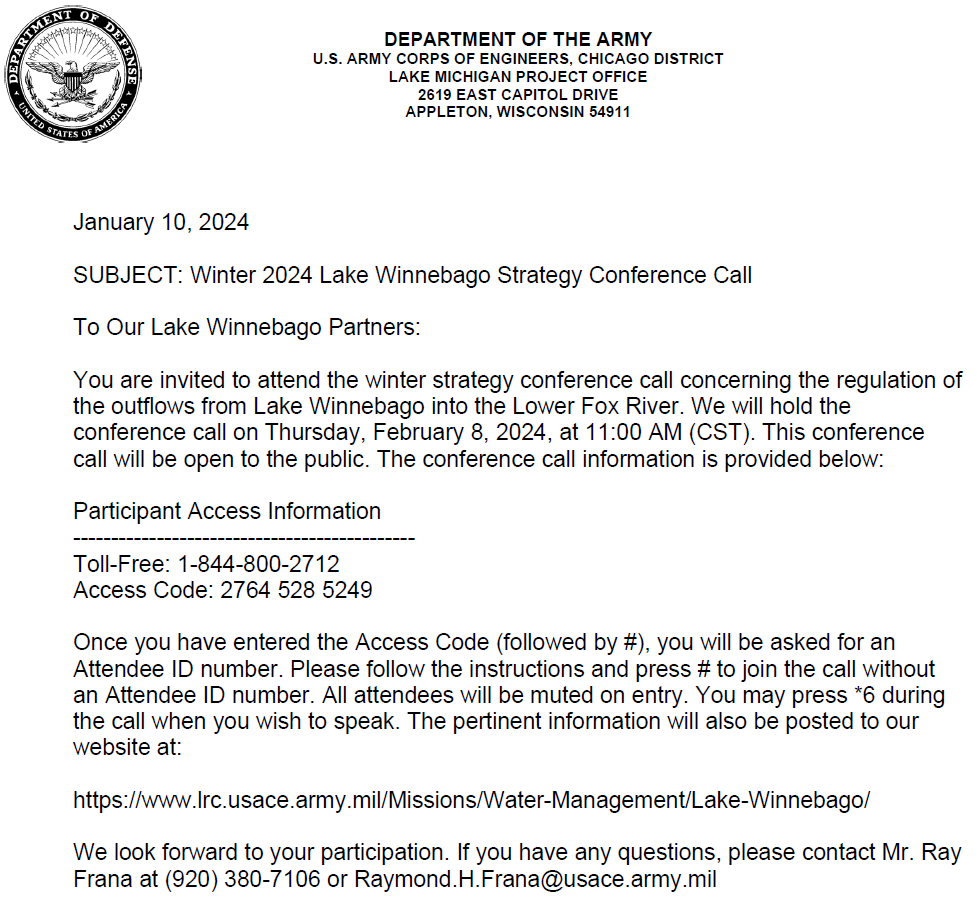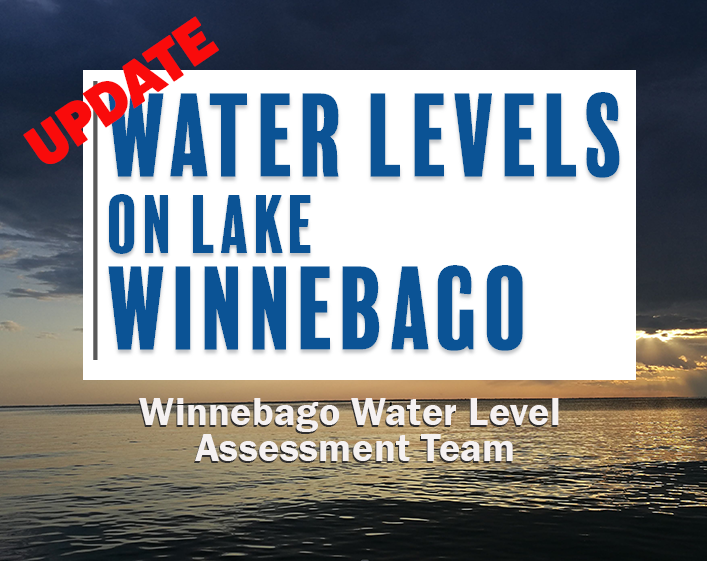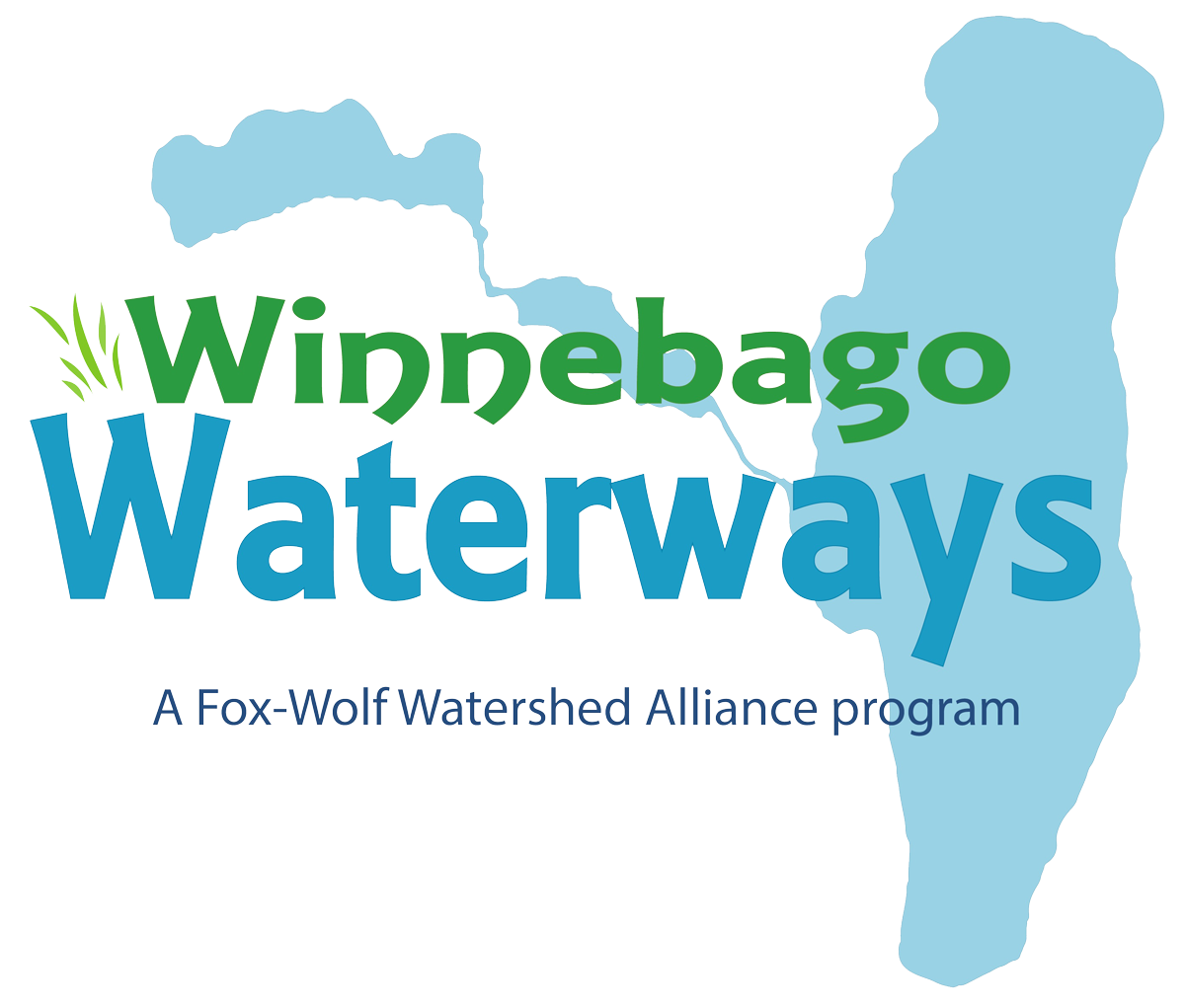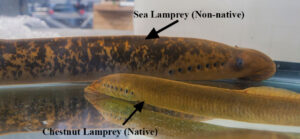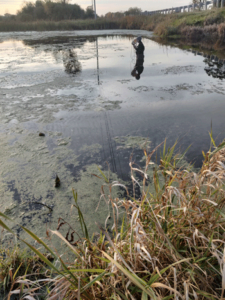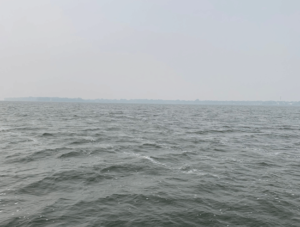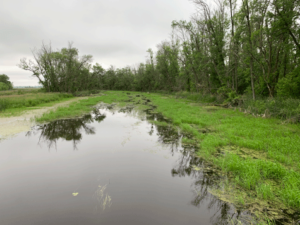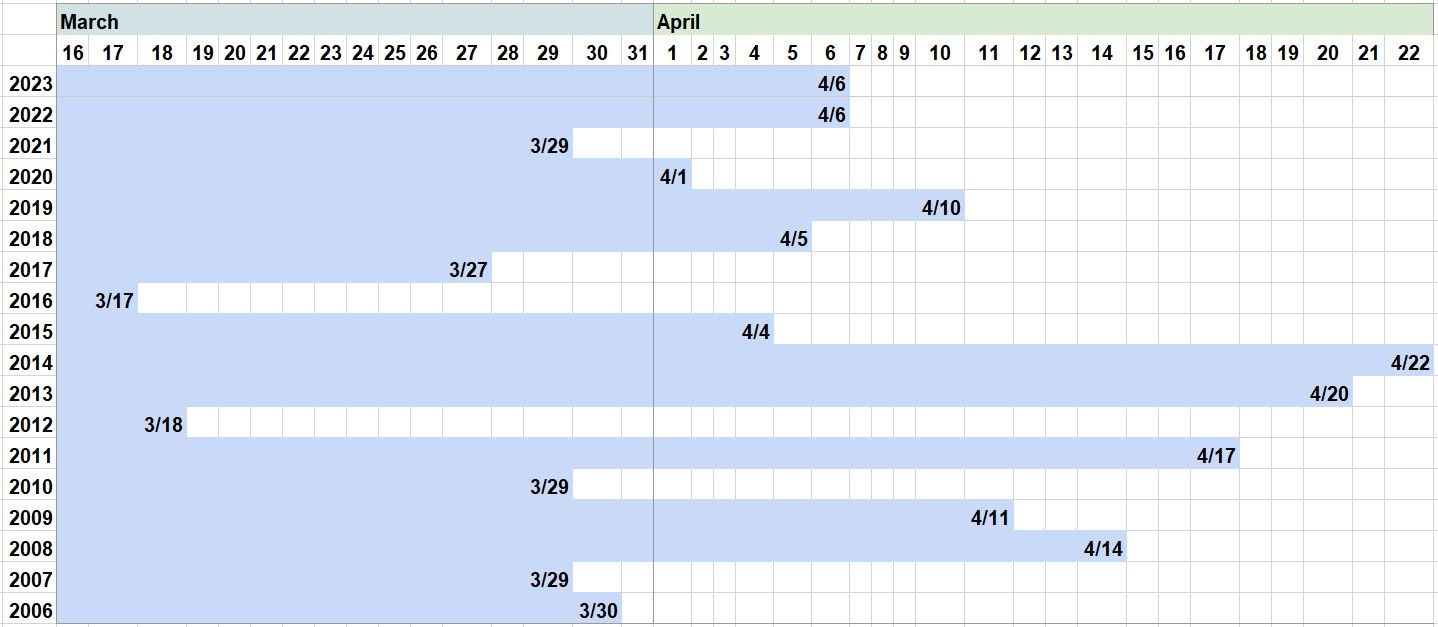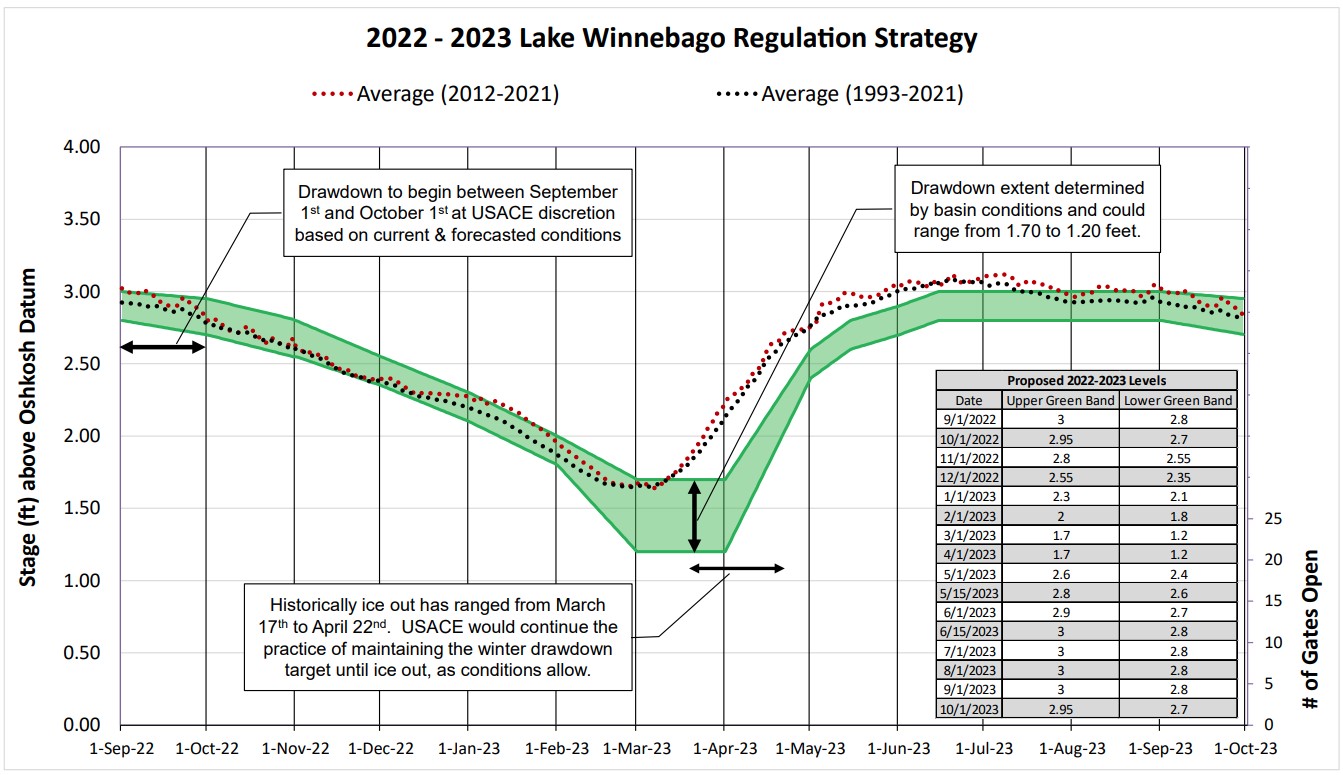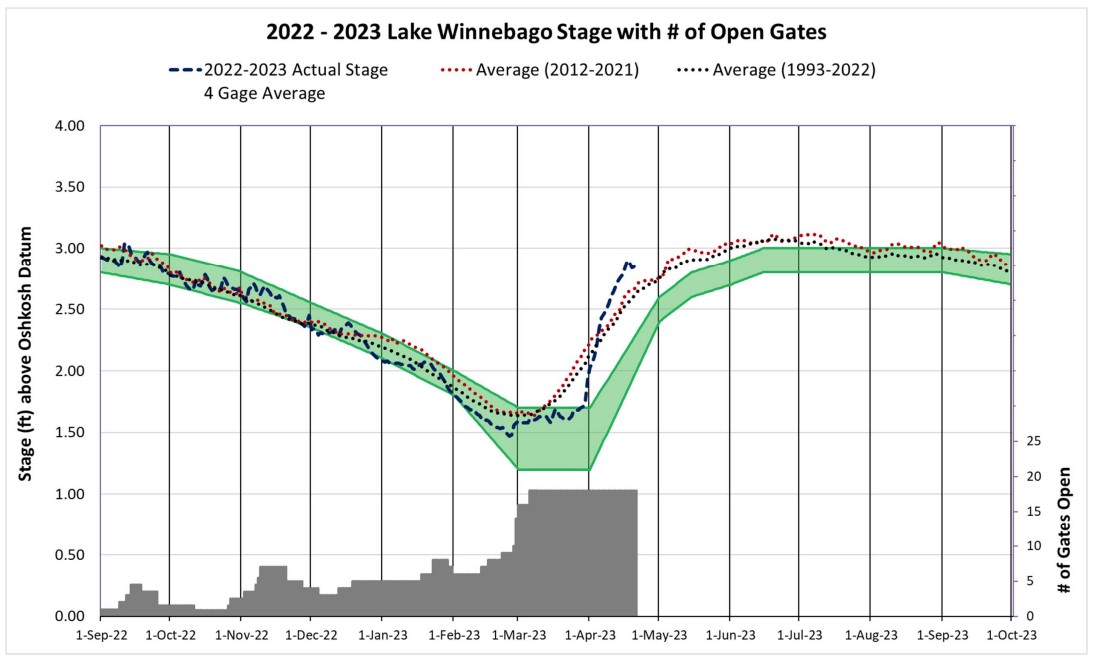Army Corps: Winter 2024 Call – Feb. 8, 2024
Interested in joining other stakeholders in ongoing discussions about water levels in the Winnebago System?
The Winnebago Water Level Assessment Team (WWLAT) provides a collaborative opportunity for stakeholder representatives and experts to develop realistic and achievable water level strategy recommendations and related goals that reasonably balance the top priorities of multiple system users and the health of the Winnebago System. This team is led separately from the Army Corps public input process by Fox-Wolf Watershed Alliance. Recommendations from the WWLAT are submitted to the Army Corps to help inform the Corps regulation of Lake Winnebago.
Visit the WWLAT website: CLICK HERE
The post Army Corps: Winter 2024 Call – Feb. 8, 2024 appeared first on Fox-Wolf Watershed Alliance.
Fox-Wolf Watershed Alliance
https://fwwa.org/2024/01/24/acoe-winter-2024-strategy-call-notice/?utm_source=rss&utm_medium=rss&utm_campaign=acoe-winter-2024-strategy-call-notice

